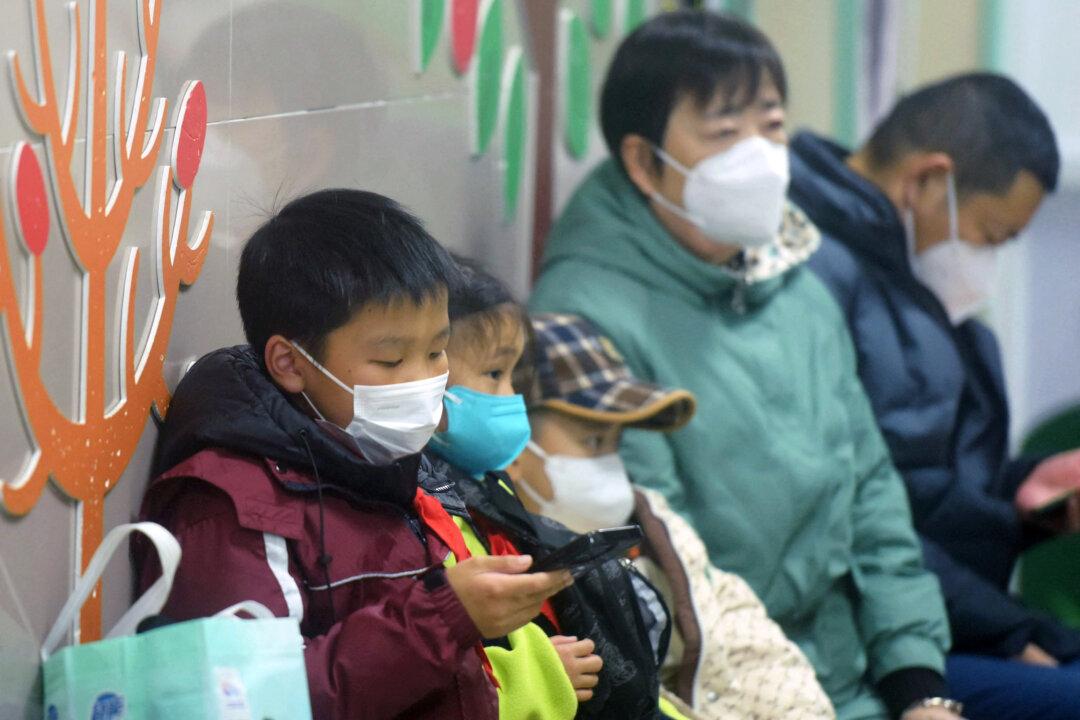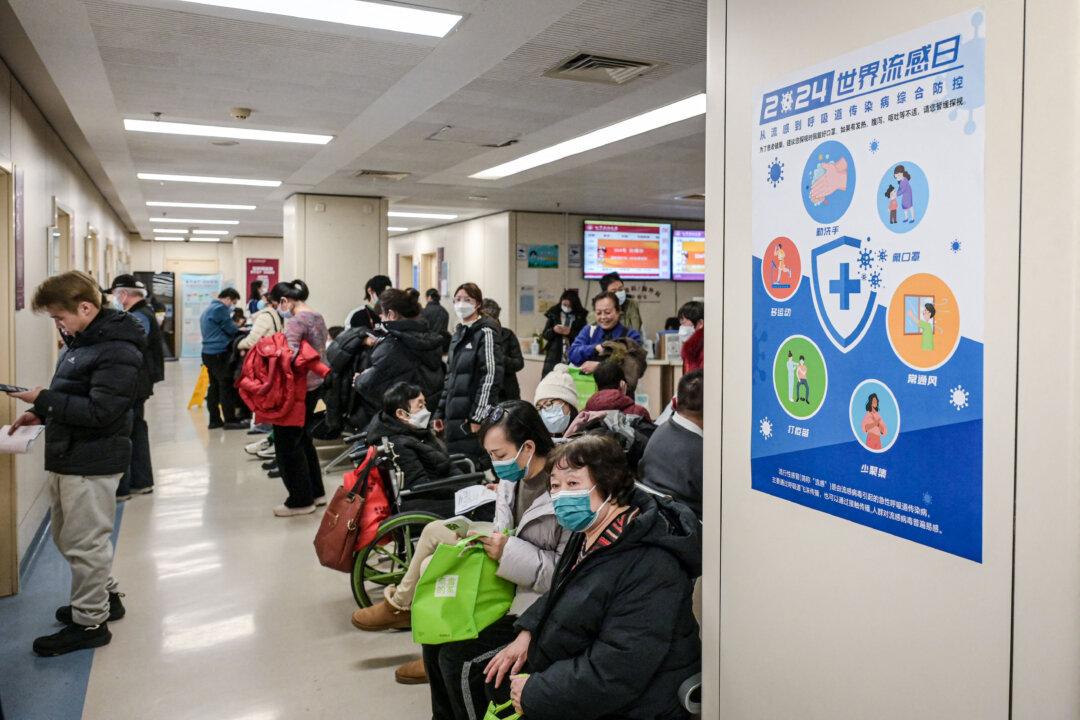The Chinese communist regime’s National Bureau of Statistics on Sept. 30 released the manufacturing purchasing managers’ index (PMI) for September, which stood at 49.8 percent, pointing to ongoing economic contraction even as regime stimulus measures led to a rise in the stock market.
It marks the fifth consecutive month of China’s PMI being below the threshold of 50 percent.
PMI is an indicator of the prevailing direction of economic trends in the manufacturing and service sectors. A reading lower than 50 indicates economic contraction.
Data released by Caixin, a major Chinese financial website, and S&P Global showed that China’s general PMI in September was 49.3, down by 1.1 percentage points from August. The figure is lower than the 50.5 forecast by Reuters analysts and is the lowest since August 2023.
According to the economic agency’s official data, among the five sub-indexes of the manufacturing PMI, four are in contraction territory, with only the production index reaching 51.2 percent. The manufacturing new order index was 49.9 percent, the raw material inventory index was 47.7 percent, the employment index was 48.2 percent, and the supplier delivery time index was 49.5 percent.
The official number for the PMI for China’s nonmanufacturing sector came in at a neutral 50 in September, down by 0.3 percentage points from August and reaching its lowest level since September 2023. The new order index was 44.2 percent in September, indicating a decline in the market demand; the employment index was 44.7 percent, indicating that the business climate continued to decline.
The stimulus package includes the central bank’s cutting the benchmark interest rate and the deposit reserve ratio by 50 basis points, thereby releasing about 1 trillion yuan (about $142 billion) in new loans. It also lowers the interest rates on existing mortgage loans and reduces the minimum down payment ratio for second-home purchases.
In response to the stimulus measures, China’s three major stock indexes rebounded quickly, reaching levels not seen in months.
PMI Drops, Stocks Rise
Weak PMI data usually bring negative expectations for the economy, but the recent rise in China’s stock market may reflect more of the market’s expectation for government intervention, Sun Kuo-hsiang, professor of international affairs and business at Nanhua University in Taiwan, told The Epoch Times on Oct.1.“The rise in the stock market deviates from [the] basic economic situation, showing that the market is more based on speculation rather than optimistic expectations for economic recovery,” Sun said. “This situation reflects the instability of China’s financial market, and the rise and fall of the stock market are affected by policies rather than real economic growth.”
Chinese American economist Davy J. Wong on Oct. 1 told The Epoch Times: “PMI continues to be below the 50-point mark, which proves that the downward pressure on China’s economy has not changed, and the shrinkage of the entire economic activity is still very obvious. Economic shrinkage is actually a shrinkage in demand, which indicates stagnation in economic activities.”
The main reasons for the stagnation, according to Wong, include the advancement of the state and the retreat of the private sector in the past 10 years.
“A large number of state-owned enterprises have seized the market of private enterprises,” Wong said.
Other factors contributing to China’s sluggish economy include foreign investment withdrawal, a decrease in exports to Europe and the United States, and Chinese companies having to bear high tariffs as their profits are rapidly decreasing, he said.
“It is definitely not normal for the PMI to fall and the stock market to rise sharply,” Wong said.
China’s economy, both in the short and medium term, “does not show the possibility of improvements,” he said.
‘Liquidity Trap’
Sun said the Chinese regime’s monetary easing policies, such as interest rate cuts and relaxed lending policies, may bring certain liquidity support to the market in the short term.“However, due to insufficient domestic demand and low public confidence, these measures have limited effect. For companies and people who are already heavily in debt, relaxing loan policies may not really stimulate consumption or investment enthusiasm,” he said.
Wong shared a similar assessment.
“The decline in PMI is related to the structural problem,” Wong said. “Although there are some stimulus policies in the short term, including open bank loans, profit margins are limited in a market where companies have little business to conduct.
“Under such circumstances, if the state continues to invest, and there are no places to absorb the funds, as a result, a large amount of funds will settle in a bank and be deposited, which won’t [have] any intended effect at all.
“In economics, we call it a liquidity trap.”
Sun predicts that in the long term, these measures won’t solve the structural problems of the Chinese economy.
“Without deep structural reforms, the economic stimulus measures can’t have lasting effect, which may further exacerbate risks in the financial market and even trigger a bigger economic crisis,” he said.






